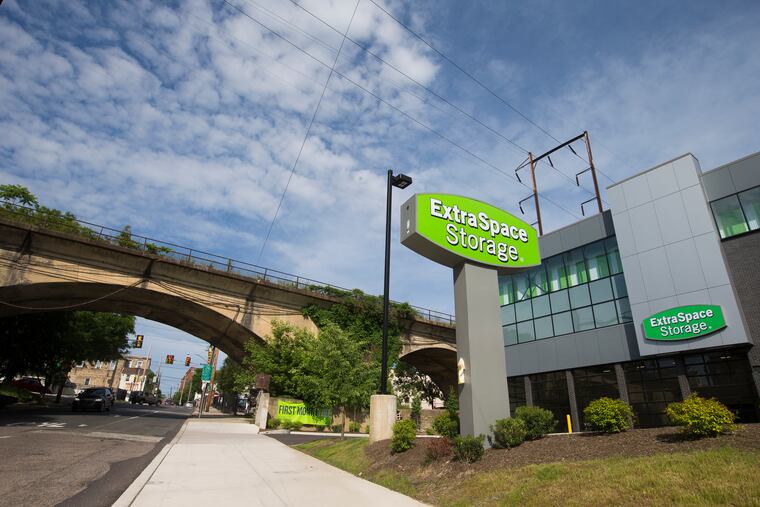Renting a storage unit can open up space in your home. Here’s what to know.
A typical customer is new to self-storage, renting for two years or less — usually about three months — and storing personal belongings

A typical customer is new to self-storage, renting for two years or less — usually about three months — and storing personal belongings
